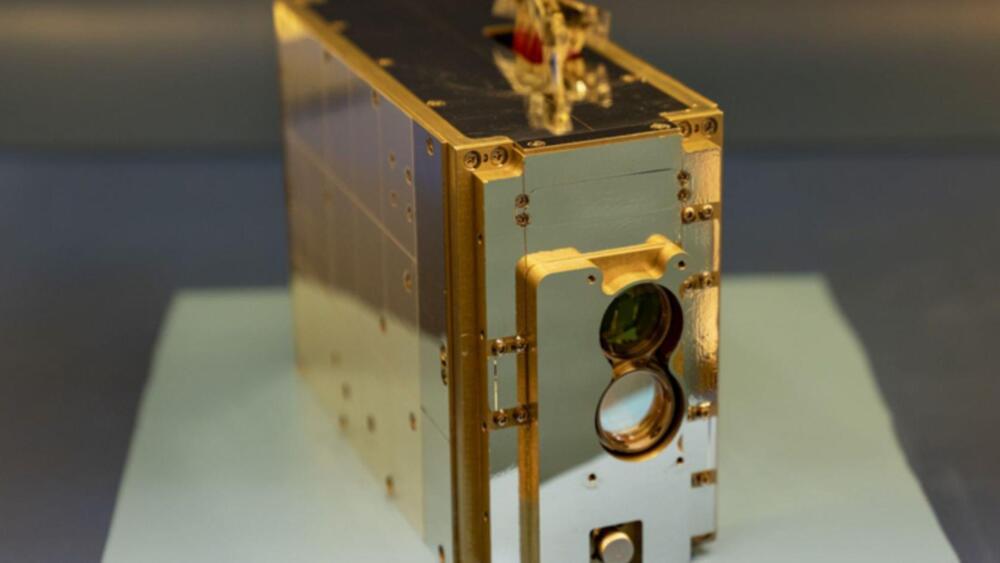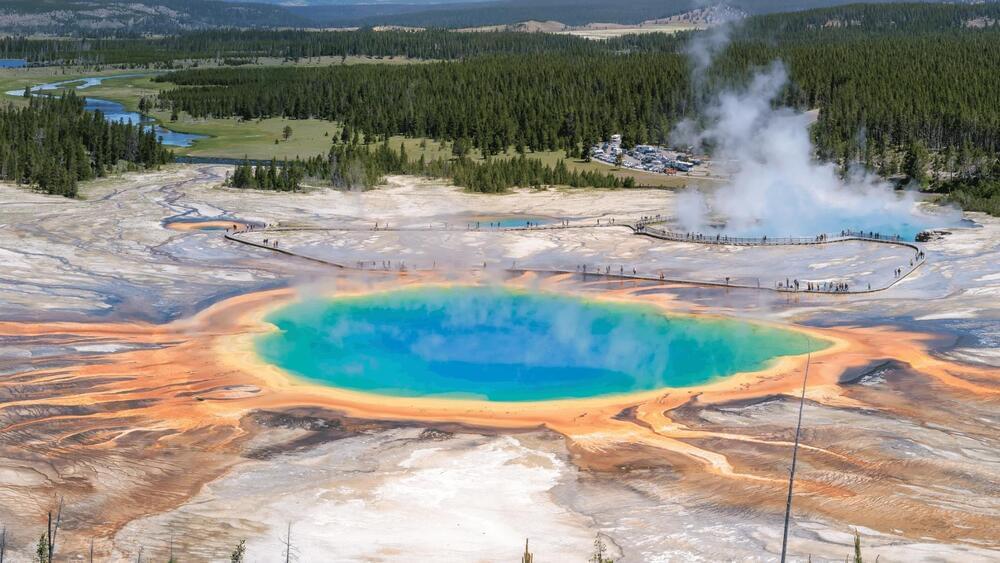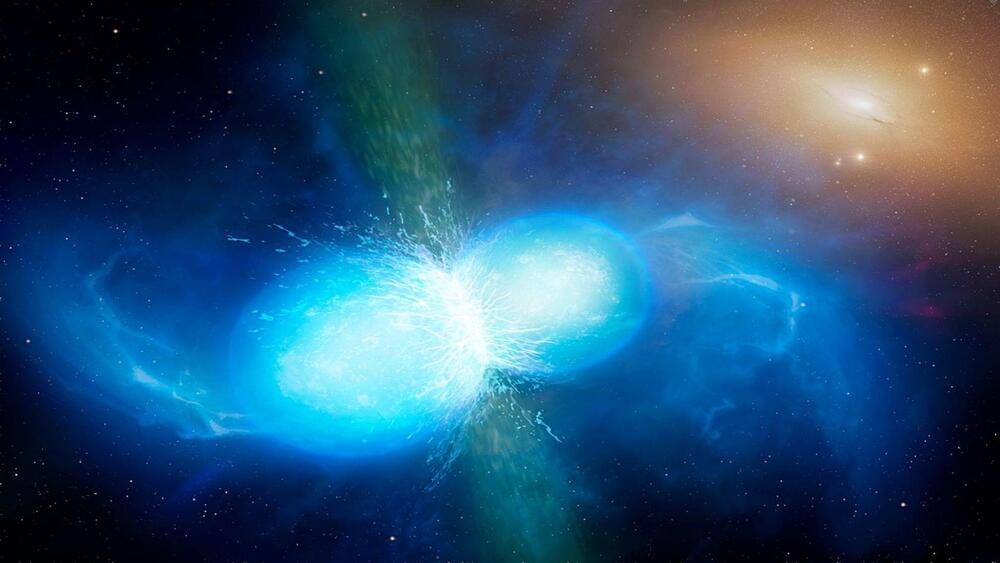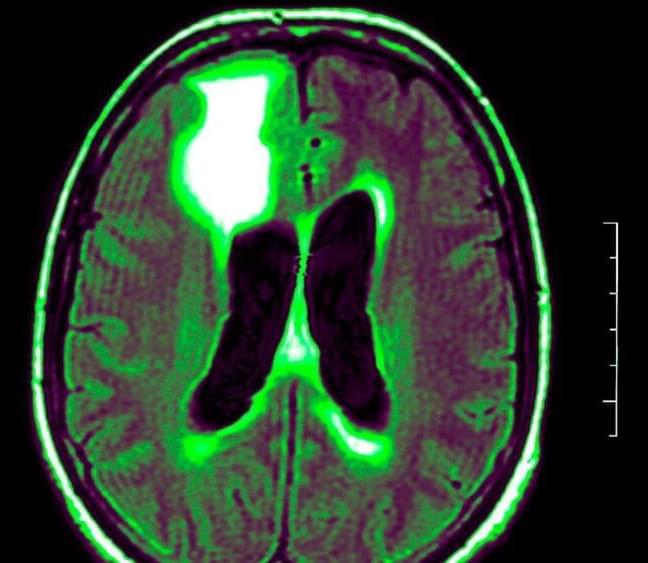A new chatbot from the guys who brought us DALL-E has caused something of a Twitter storm with its amusing responses to users’ queries.
A recently released AI-powered chatbot called ChatGPT launched this week to a mixture of praise and concern. Developed by OpenAI, the chatbot can teach users various things, like setting up a website, but it has also allegedly proven problematic at the same time.
The chatbot was built from the ground up to be as natural as possible when talking to people in what is called “a conversational style.”







